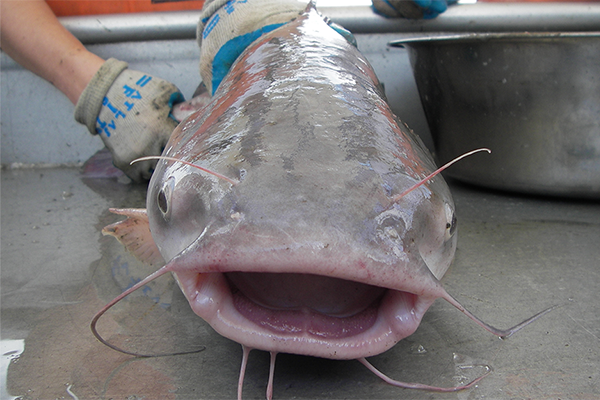
The invasive blue catfish has become an ecologically disruptive force in the commonwealth, but Batten School & VIMS scientists are leading the way in researching new ways to respond.


The invasive blue catfish has become an ecologically disruptive force in the commonwealth, but Batten School & VIMS scientists are leading the way in researching new ways to respond.
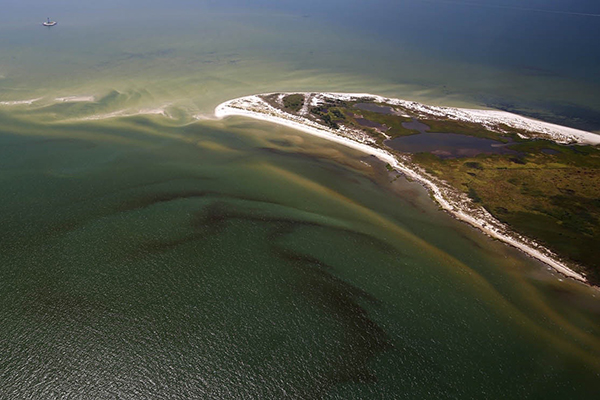
The Chesapeake Bay experienced hypoxia close to the long-term average in overall size and duration this year despite unusually high and persistent levels in July, according to the annual Chesapeake Bay Dead Zone Report Card produced by William & Mary’s Batten School & VIMS in collaboration with Anchor QEA.
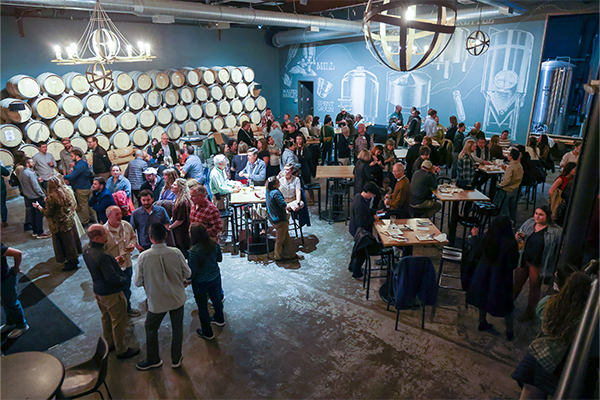
The highly anticipated alumni reception, held in conjunction with the biennial CERF Conference, is the largest regular gathering of Batten School & VIMS alumni. As many as 200 attendees, including current students, alumni, faculty, staff, family and friends, reminisced and celebrated our shared community.

The 2025 Blue Crab Winter Dredge Survey estimated the blue crab population at 238 million, a decline from 2024 and the second-lowest total on record. In response to public concern, Batten School & VIMS Professor Rom Lipcius recently sat down for a Q&A concerning the survey results.
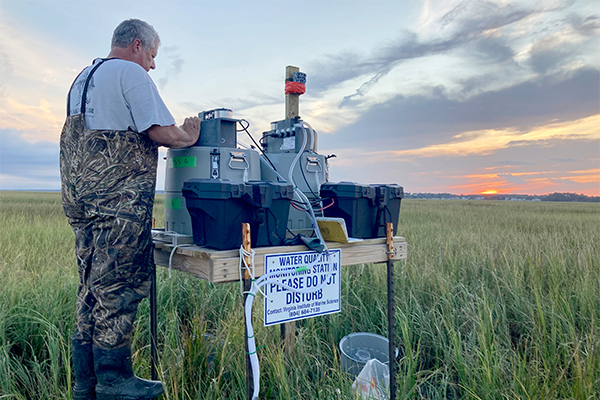
The Batten School & VIMS recently recognized the most memorable and impressive photographs captured by talented faculty, staff and students. Participants in the 26th annual photo contest submitted an array of amazing images from the field and laboratory.

As economic uncertainty and shifting federal budget priorities put pressure on research entities across the country by delaying, reducing and canceling funding streams, W&M’s Batten School & VIMS are taking proactive steps to safeguard our mission via the unrestricted VIMS Impact Fund.
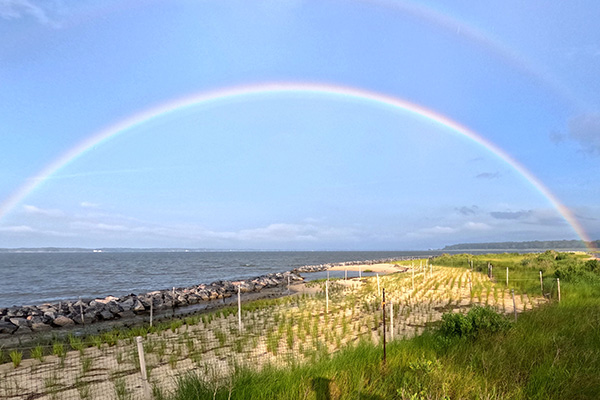
A multi-million-dollar project involving Naval Weapons Station Yorktown brought together a multidisciplinary team of scientists to develop solutions that protect the base while benefiting the environment.
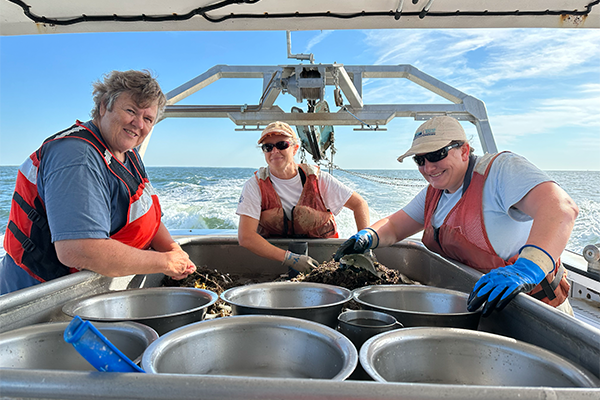
For 70 years, the Batten School & VIMS have built one of the most important data sets in fisheries science: the Juvenile Finfish Trawl Survey. Over the decades, the trawl survey has documented major ecological shifts, including the invasive arrival of the disruptive blue catfish.
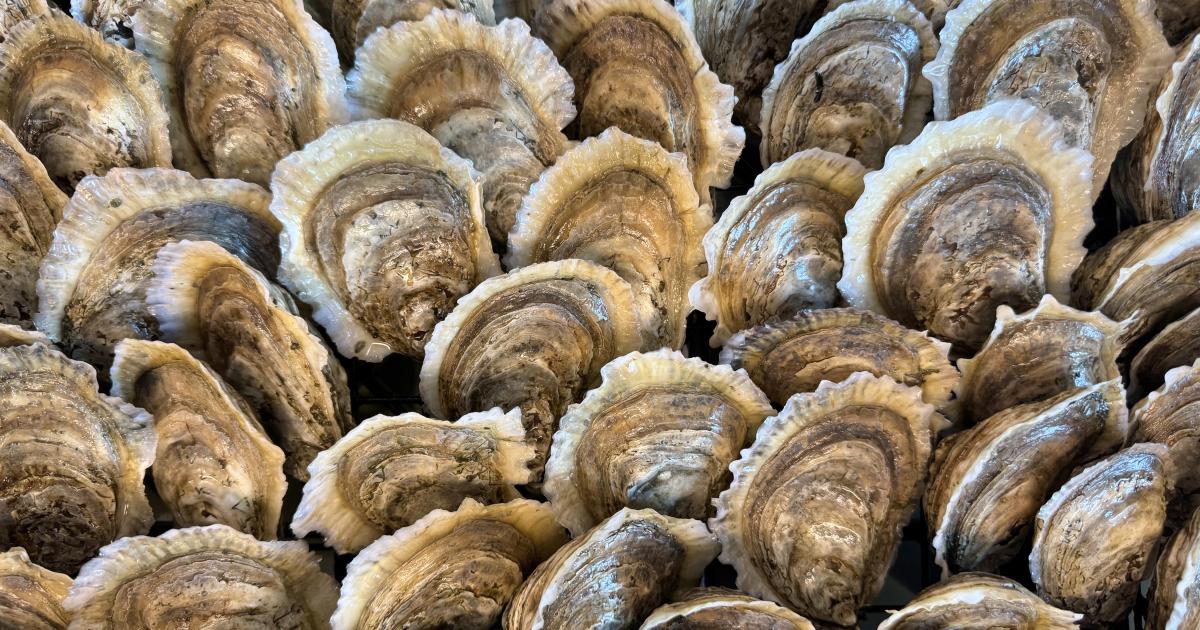
After a five-year hiatus, the Virginia Shellfish Aquaculture Situation and Outlook Report is back, highlighting sustained growth in the state’s shellfish aquaculture sector and offering insight into what challenges the industry is facing as a whole.
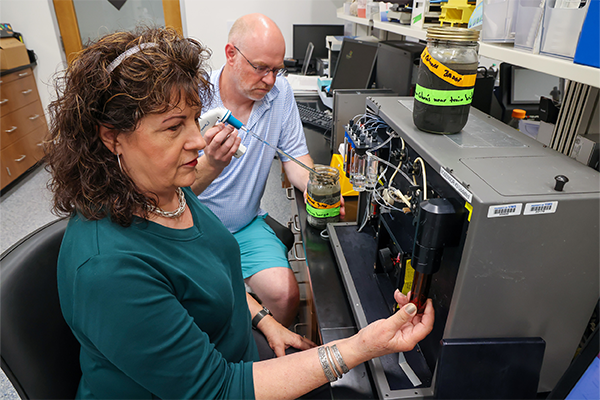
Recent recipients of the Dean & Director’s Innovation Fund, which invests in early-stage research with high potential for commercial outcomes, are revolutionizing environmental DNA sampling, developing "forever chemical” detection tools and pioneering sustainable aquaculture systems.
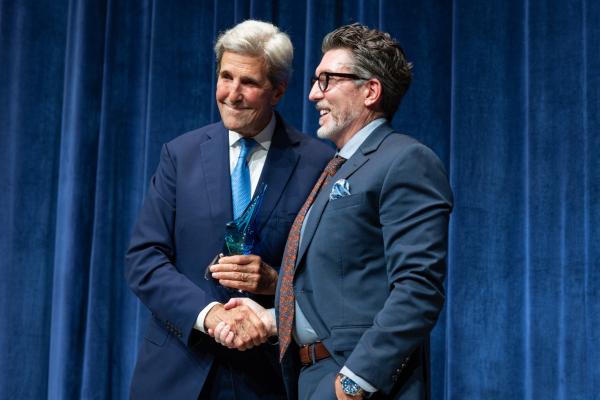
Former Secretary of State John F. Kerry visited William & Mary on October 15 as the inaugural Blue Horizons Fellow. The Blue Horizons Visiting Fellows Program brings leaders and innovators to the Batten School of Coastal & Marine Sciences & VIMS to help catalyze the Institute’s science for solutions.
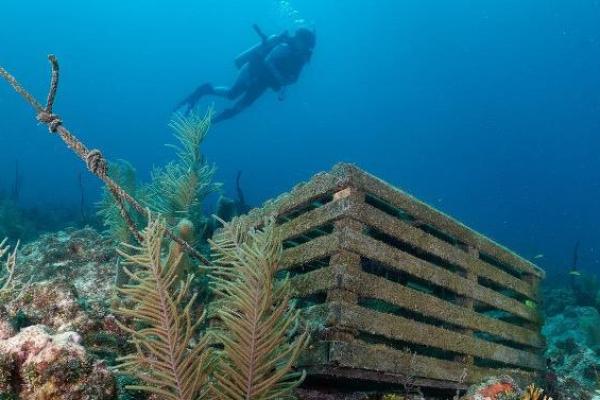
William & Mary’s Batten School of Coastal & Marine Sciences & VIMS has awarded $1.8 million to 13 organizations throughout the U.S. focused on the removal of derelict fishing gear, which poses a significant threat to the sustainability of coastal and marine environments and the fishing industries from which they originate. This is the second year of subawards distributed through the National Fishing Trap Removal, Assessment, and Prevention (TRAP) Program.
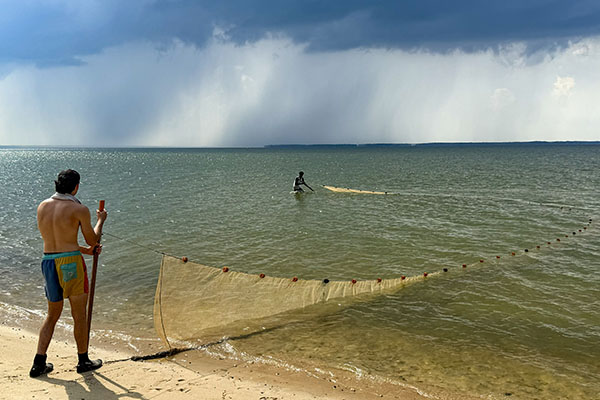
Preliminary results from this year’s Juvenile Striped Bass Seine Survey suggest an average year class was produced in Virginia tributaries in 2025, with a recorded mean value of 5.12 fish per seine haul. The 2025 value represents an improvement over the previous two years of below-average recruitment.
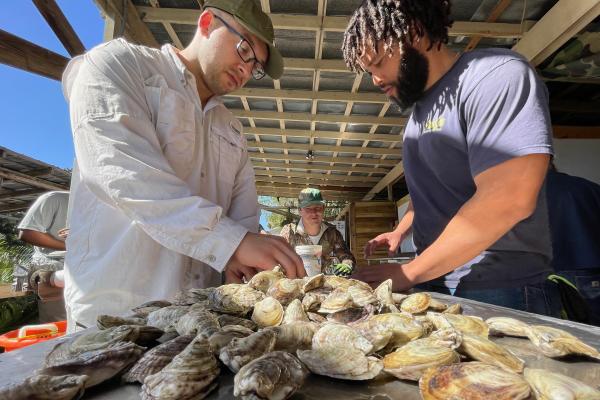
The new sub-concentration in shellfish aquaculture available to graduate students is designed to provide experience and understanding across the spectrum of shellfish aquaculture, preparing students to develop globally relevant science and lead as members of the growing industry.
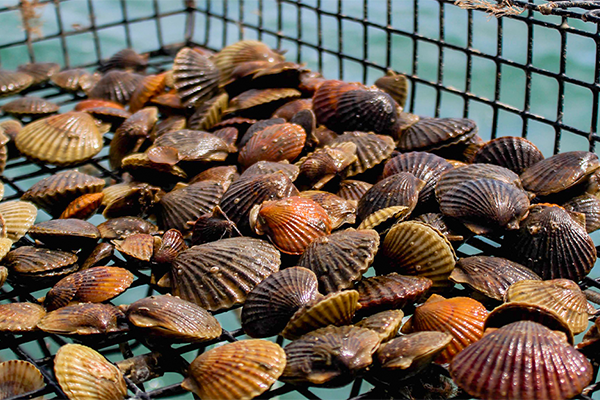
Once locally extinct due to habitat loss, the Virginia bay scallop population is increasing exponentially in the southern coastal bays along the Eastern Shore following dedicated restoration efforts by scientists at the Batten School & VIMS.

A new manuscript in the Journal of Fish Biology reveals that relationships between fish and sea anemones are more diverse than those portrayed in Finding Nemo. Captured through breathtaking blackwater photography, the images featured in the article show rarely seen encounters between these creatures that may provide mutual benefits.

A new study published in the journal Marine Ecology Progress Series reveals American lobster embryos can handle ocean acidification surprisingly well, but increased temperatures may pose distinct challenges for the species.
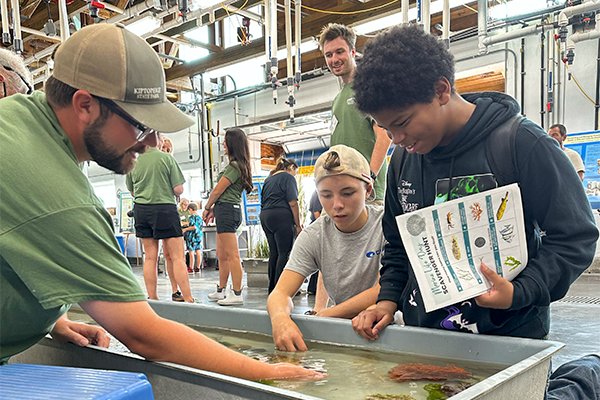
W&M's Batten School & VIMS Eastern Shore Laboratory recently buzzed with activity as families looked through microscopes, completed a scavenger hunt and touched shellfish, sponges, urchins and other live specimens.
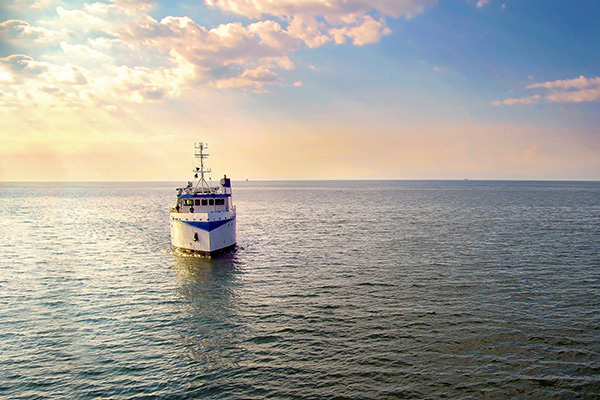
A new study based on nearly two decades of data from the Chesapeake Bay Multispecies Monitoring and Assessment Program shows that commercial fisheries function much like an investment portfolio in that diversity brings stability.

For new graduate students at W&M's Batten School & VIMS, orientation includes a unique opportunity: an immersive, awe-inspiring field trip to the barrier island environment of Virginia’s Eastern Shore.

A global study reframes ditches as multifunctional waterways with the potential to improve community resilience, water quality, biodiversity and environmental outcomes.

The Batten School of Coastal & Marine Sciences & VIMS announced the launch of the Blue Horizons Visiting Fellows Program, an endowed initiative commencing in fall 2025 with former Secretary of State John F. Kerry as the inaugural Blue Horizons Fellow.
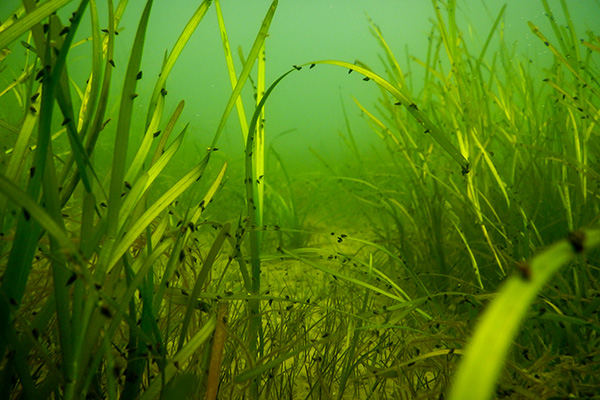
A new study from researchers at William & Mary's Batten School & VIMS shows that an ongoing transition from eelgrass to widgeon grass as the dominant seagrass species in the Chesapeake Bay could have ecological impacts across food webs, fisheries and ecosystem functions.
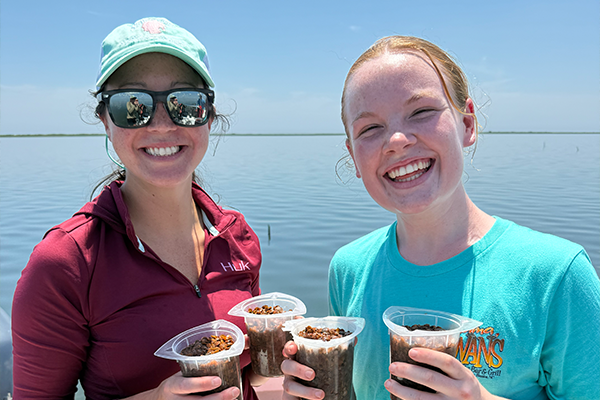
Made possible by the ongoing generosity of passionate supporters, the Bonnie Sue Internship Program provides applied summer research experiences exclusively to students who are residents of the Eastern Shore of Virginia.

This year, William & Mary's Batten School of Coastal & Marine Sciences & VIMS welcomed 17 new graduate students into our M.A., M.S. and Ph.D. programs, as well as 11 undergraduates into the new bachelor's degree program. With diverse backgrounds and an impressive array of accomplishments, these students are excited to learn and apply their talents to developing science for solutions.

William & Mary's Batten School of Coastal & Marine Sciences & VIMS welcomed their inaugural class of undergraduate majors. The 11-student cohort launches a one-of-a-kind program that blends classroom rigor with hands-on field and research experiences made possible through full tuition support from a transformative $50 million gift by Dr. R. Todd Stravitz ’82 and the Brunckhorst Foundations.
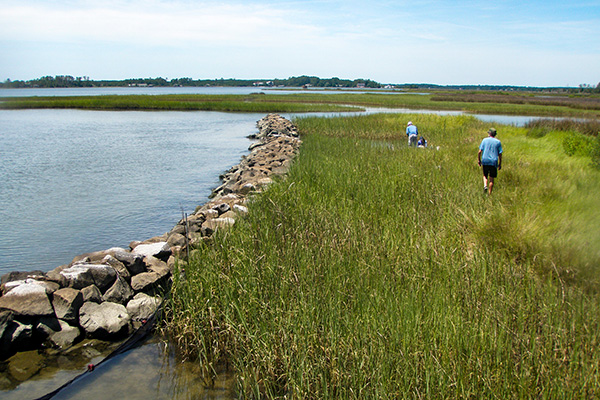
A new study led by William & Mary’s Batten School & VIMS shows that tidal marshes generate approximately $90 million annually in economic value for communities across Virginia’s Middle Peninsula. The findings led to the development of SHORE-BET, an online tool designed to support coastal communities by estimating the economic benefits of marshes and living shoreline projects.

A key health indicator for the nation’s most economically important estuary has delivered mixed news, with researchers from William & Mary’s Batten School & VIMS reporting a 1%, or 641-acre, annual decline in submerged aquatic vegetation (SAV) coverage in the Chesapeake Bay.
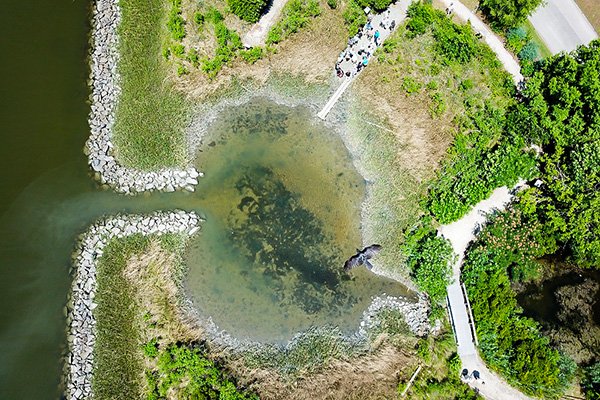
The Carl Hershner Teaching Marsh has evolved over 25 years from a filled-in wetland to a thriving outdoor classroom and living laboratory. Join us on August 21 at 7 p.m. for a special After Hours lecture dedicated to the history and significance of this educational resource.
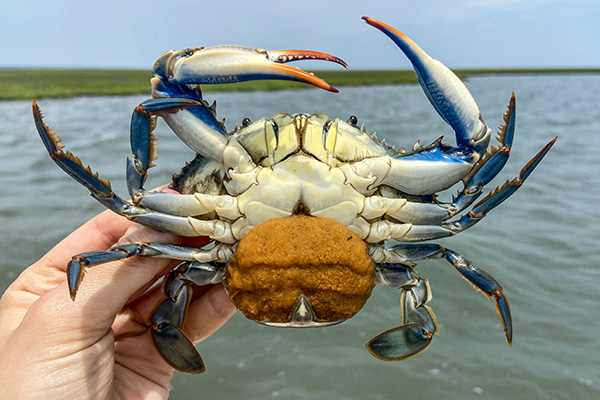
A study led by William & Mary undergraduate Alex Pomroy confirms the potential of a parasitic worm as a biomarker for determining the number of times a blue crab has spawned, which may aid in the management of the Chesapeake Bay’s most valuable fishery.

The York River and Small Coastal Basin Roundtable (Roundtable) has released the State of the York Watershed System, a landmark publication that offers the most comprehensive assessment to date of environmental trends, threats and opportunities in the York River and its surrounding watersheds.
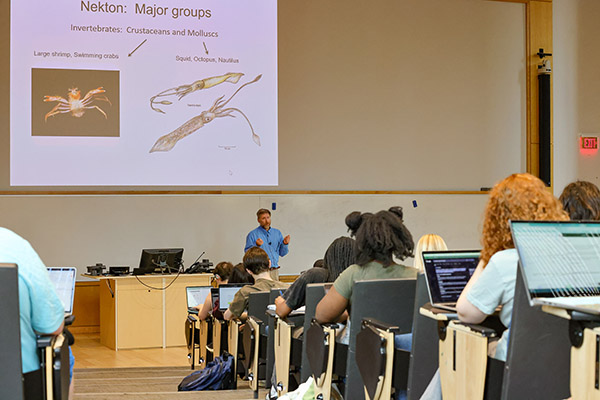
William & Mary's Introduction to Marine Science is a dynamic, interdisciplinary course that has grown in popularity in recent years. Taught by Professor Mark Brush, the class is available as an elective and also serves as a gateway for undergraduates pursuing the new major in coastal and marine sciences.
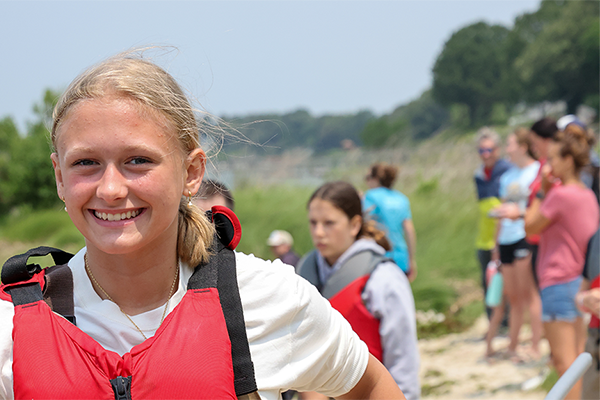
The 23rd annual Marine Science Day, the marquee open house event at William & Mary’s Batten School & VIMS, drew more than 2,000 attendees on Saturday, May 31 with public access to academic buildings and research laboratories.
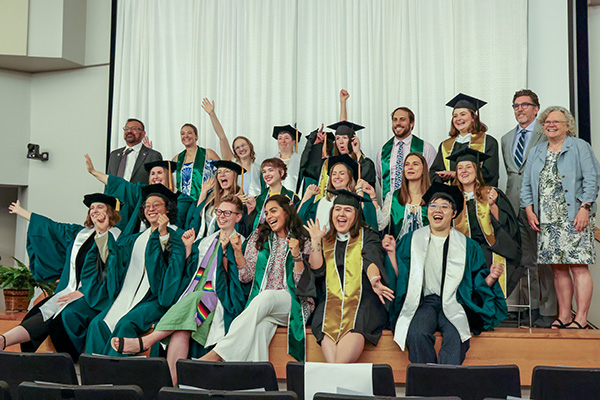
William & Mary’s Batten School & VIMS held their annual graduation ceremony on Saturday, May 17, celebrating 27 students earning their M.S., M.A. and Ph.D. degrees. Learn more about the event and read the stories of three of our graduates.
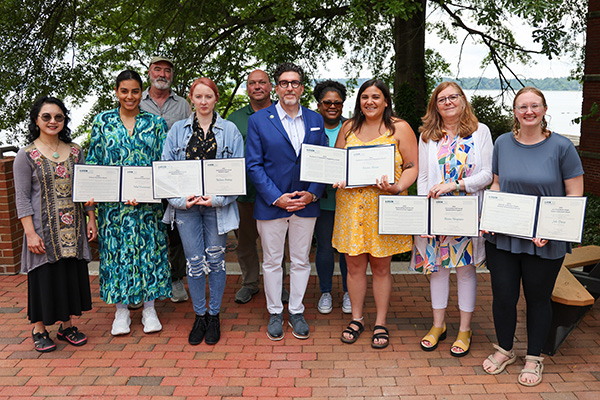
William & Mary’s Batten School & VIMS held its annual Awards Ceremony on Friday, May 9. The event honors students, faculty and staff for impactful research, excellence among peers and years of service to the institution.
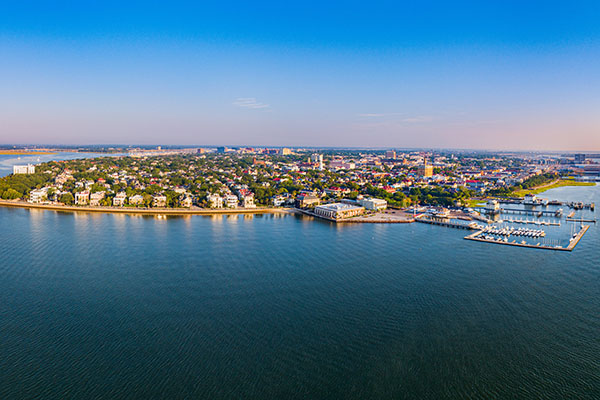
William & Mary’s Batten School & VIMS have released their 2024 U.S. sea level “report cards,” providing updated analyses of sea level trends and projections for 36 coastal communities. Encompassing 55 years of historical data in a new, interactive dashboard, the report cards aid planning and adaptation efforts by forecasting rates of sea level rise to 2050.
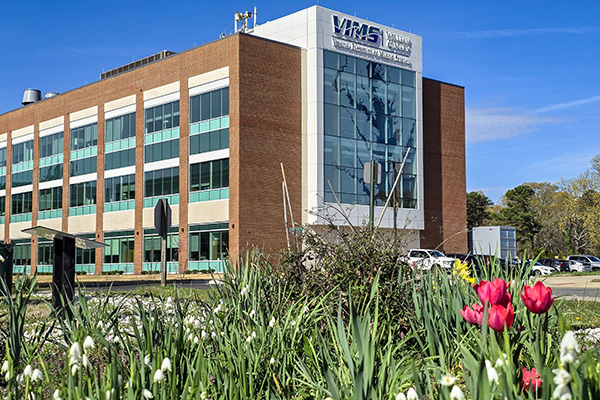
On April 10, students, staff and faculty at William & Mary’s Batten School & VIMS joined university leadership and state representatives to celebrate the newest building on the Gloucester Point campus. First envisioned in 2016, Chesapeake Bay Hall serves as a hub for much of the lab-based science driving the institutions’ academic, research and advisory missions.

Waves of Wonder sponsored a series of events that partnered art and marine science in new, transformative ways, bringing together students and faculty to explore novel methods of environmental storytelling.
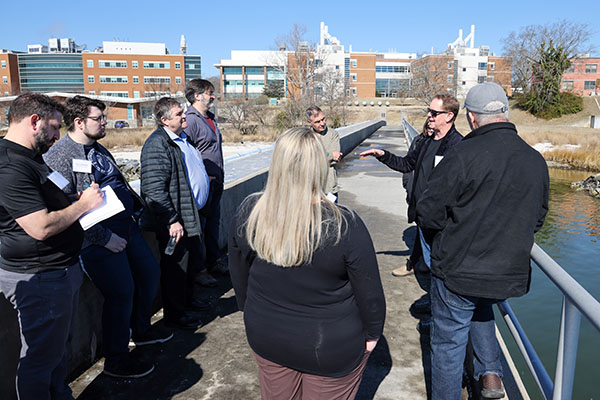
William & Mary’s Batten School & VIMS recently hosted a delegation of government officials and aquaculture industry representatives from Atlantic Canada. Alarmed by the discovery of the oyster disease MSX (Multinucleate Sphere X) in the waters around Prince Edward Island, they came to learn more about the strategies Virginia has employed to manage this serious shellfish disease.
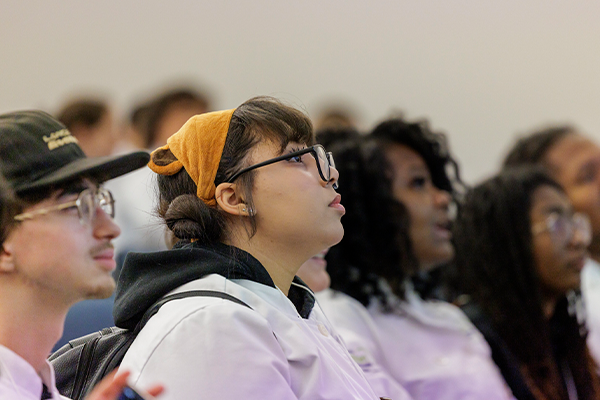
Over 120 chefs, culinary students, industry professionals and researchers recently gathered at the Batten School & VIMS for the Chefs' Seafood Symposium to learn about seafood science and fisheries issues.

The 27th annual Blue Crab Bowl saw participation from 80 students, supported by 22 passionate teacher coaches and 63 dedicated volunteers, including 48 from the Batten School & VIMS.

East Coast estuaries such as the Chesapeake Bay could experience marine heat wave conditions for up to a third of the year by the end of the century, according to a new study led by William & Mary's Batten School & VIMS.
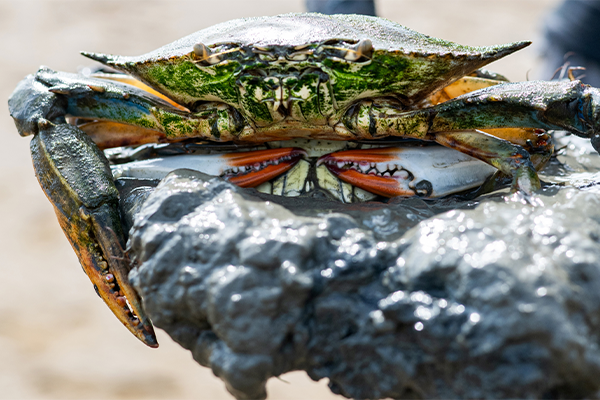
A recent Valentine's Day-themed event exemplified how this free lecture series, which is open to the public, helps bridge the gap between scientific knowledge and public understanding.

A recent study led by William & Mary’s Batten School & VIMS Ph.D. student Alexandria Marquardt has shown that oyster management practices in the Rappahannock River benefit both the health of the oyster reefs as well as the fishery.
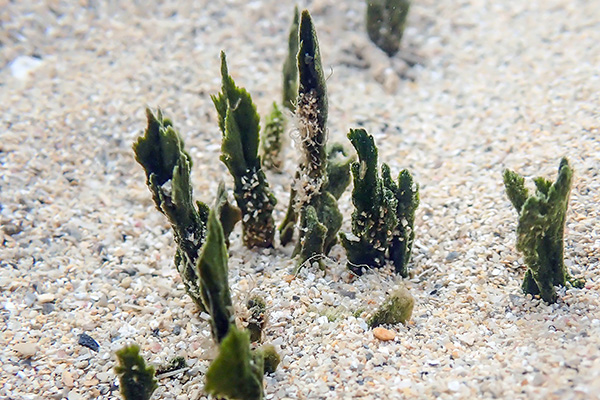
Algae are the unsung heroes of our planet, with the potential to help tackle climate change, conservation and sustainability challenges. However, Stacy Krueger-Hadfield and many of her fellow phycologists believe there are fundamental challenges that their field must overcome to unlock many of the remaining algal secrets.
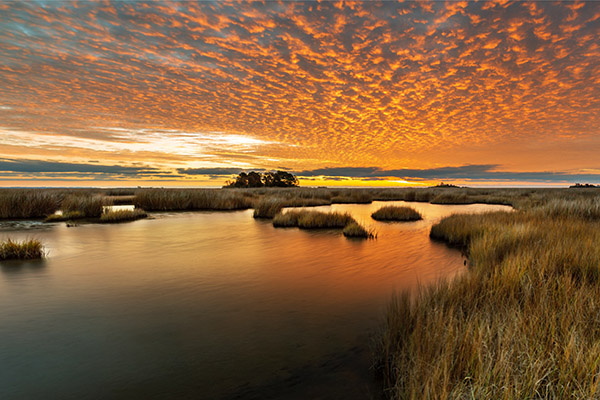
The $50M gift by William & Mary alumnus Dr. R. Todd Stravitz ’82 and the Brunckhorst Foundations will empower future generations to tackle the world’s most pressing environmental challenges by providing full tuition support to undergraduates majoring in coastal & marine sciences at the Batten School & VIMS.
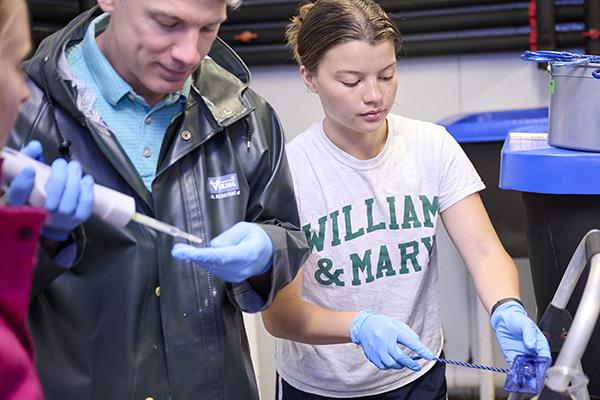
The State Council of Higher Education for Virginia has approved William & Mary's bachelor's degree program in coastal & marine sciences, set to launch this fall. The new major will leverage opportunities and expertise available through the Batten School & VIMS.